Production Porsche Mission E Priced Around $85,000 in 2019; 80-percent Charge Takes 15 Minutes
“It is very close to what you saw two years ago at Frankfurt,” Porsche CEO Oliver Blume says of the forthcoming production version of 2015’s stunning Mission E Concept.
“It will be exciting but a bit different from the concept,” Blume told CAR Magazine at the Frankfurt Motor Show.
That’s for beholders to gauge once the production version of the Mission E is pictured in 2019, when the model arrives exclusively with electric powertrains. Oliver Blume did, however, make clearer commitments relative to the Mission E that will delight Porschephiles and — perhaps — convert Tesla fans.
Right from launch, the Porsche Mission E — likely a 2020 model year vehicle — will be marketed with a 350 kW charge rate that “will be enough for a 400-kilometer range on an 80 percent charge,” Blume says. That’s 250 miles of range from a 15-minute charge. All of this in a car that Porsche claims accelerates from rest to 60 miles per hour in 3.5 seconds and tops 155 mph, a car Porsche couldn’t have developed “so quickly without the 919” — the automaker’s Le Mans-winning hybrid endurance racer.
Porsche’s CEO says the company is in the final engineering phases for the Mission E, a car the company sees as filling the void in between the Panamera and 911. At least to start, the production Mission E — which Porsche calls a “fascinating sports car” — will be positioned alongside its sports car and sedan bookends. It will, says Porsche, be “priced like entry-level Panamera.”
Including delivery, Porsche USA’s entry-level Panamera starts at $86,050. The basic Porsche 911 Carrera is a $92,150 car.
Porsche says the Mission E’s fully charged range will be 300 miles, but the company is considering different power outputs — expect S and GTS models, for example — which will presumably alter the range. The dual-motor format promises all-wheel drive. Different bodystyles are also under consideration.
Presently, the least costly Tesla Model S is the $69,500 rear-wheel drive 75 with 249 miles of range and a 4.3-second 0-60 time. Tesla also markets the $74,500 75D (with slightly more range and all-wheel drive), the $94,000 100D (335-mile range, 0-60 in 4.1), and the $135,000 P100D, which drops range by 20 miles but cuts the 0-60 time to a claimed 2.5 seconds.
At launch, however, faithfulness to 2015’s concept could end up as just as strong a selling point as the Porsche badge or Model S-baiting acceleration figures. Few and far between are cars with enough drama to match the Mission E’s eye-catching design.
[Images: Porsche]
Timothy Cain is a contributing analyst at The Truth About Cars and Autofocus.ca and the founder and former editor of GoodCarBadCar.net. Follow on Twitter @timcaincars and Instagram.
More by Timothy Cain
Latest Car Reviews
Read moreLatest Product Reviews
Read moreRecent Comments
- Teddyc73 Oh look dull grey with black wheels. How original.
- Teddyc73 "Matte paint looks good on this car." No it doesn't. It doesn't look good on any car. From the Nissan Versa I rented all the up to this monstrosity. This paint trend needs to die before out roads are awash with grey vehicles with black wheels. Why are people such lemmings lacking in individuality? Come on people, embrace color.
- Flashindapan Will I miss the Malibu, no. Will I miss one less midsize sedan that’s comfortable, reliable and reasonably priced, yes.
- Theflyersfan I used to love the 7-series. One of those aspirational luxury cars. And then I parked right next to one of the new ones just over the weekend. And that love went away. Honestly, if this is what the Chinese market thinks is luxury, let them have it. Because, and I'll be reserved here, this is one butt-ugly, mutha f'n, unholy trainwreck of a design. There has to be an excellent car under all of the grotesque and overdone bodywork. What were they thinking? Luxury is a feeling. It's the soft leather seats. It's the solid door thunk. It's groundbreaking engineering (that hopefully holds up.) It's a presence that oozes "I have arrived," not screaming "LOOK AT ME EVERYONE!!!" The latter is the yahoo who just won $1,000,000 off of a scratch-off and blows it on extra chrome and a dozen light bars on a new F150. It isn't six feet of screens, a dozen suspension settings that don't feel right, and no steering feel. It also isn't a design that is going to be so dated looking in five years that no one is going to want to touch it. Didn't BMW learn anything from the Bangle-butt backlash of 2002?
- Theflyersfan Honda, Toyota, Nissan, Hyundai, and Kia still don't seem to have a problem moving sedans off of the lot. I also see more than a few new 3-series, C-classes and A4s as well showing the Germans can sell the expensive ones. Sales might be down compared to 10-15 years ago, but hundreds of thousands of sales in the US alone isn't anything to sneeze at. What we've had is the thinning of the herd. The crap sedans have exited stage left. And GM has let the Malibu sit and rot on the vine for so long that this was bound to happen. And it bears repeating - auto trends go in cycles. Many times the cars purchased by the next generation aren't the ones their parents and grandparents bought. Who's to say that in 10 years, CUVs are going to be seen at that generation's minivans and no one wants to touch them? The Japanese and Koreans will welcome those buyers back to their full lineups while GM, Ford, and whatever remains of what was Chrysler/Dodge will be back in front of Congress pleading poverty.
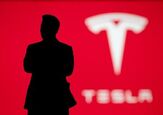


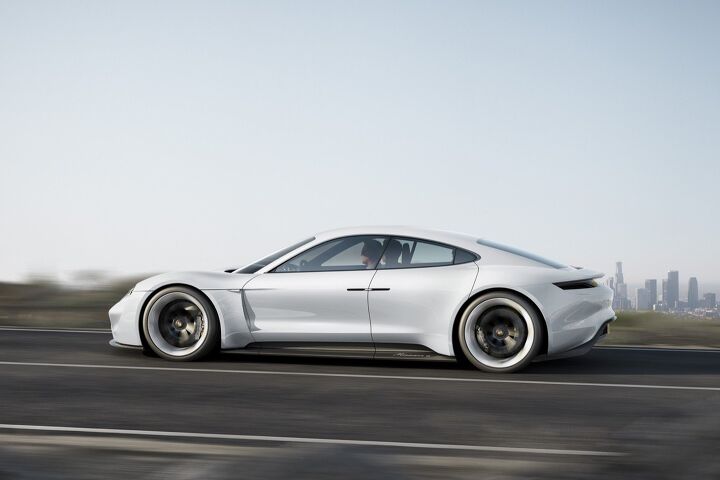
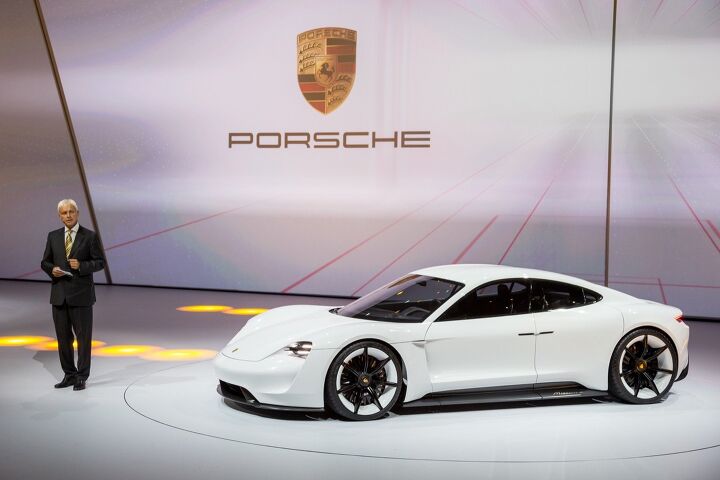
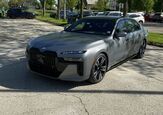











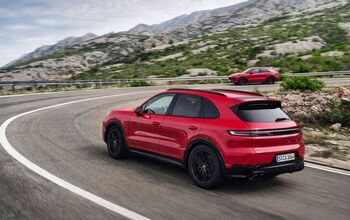
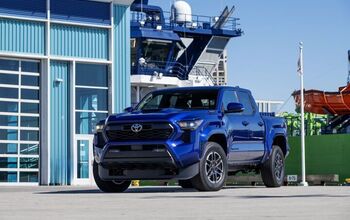
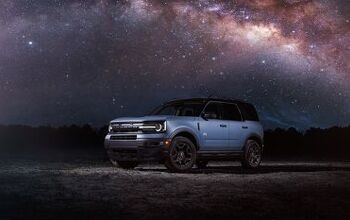
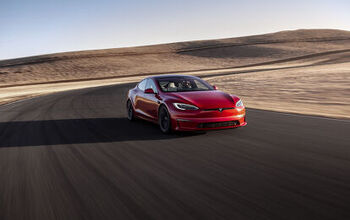
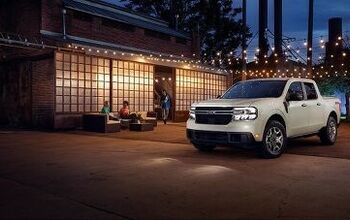

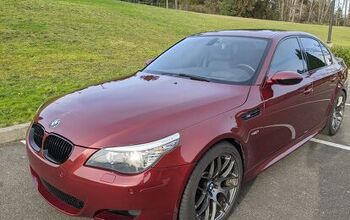
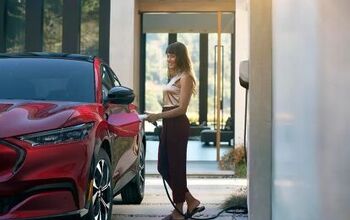
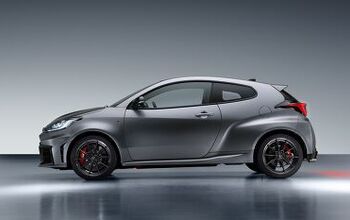

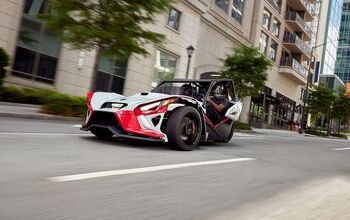
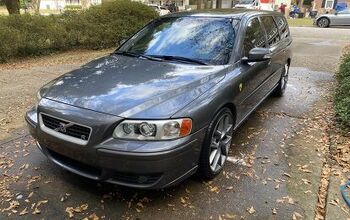
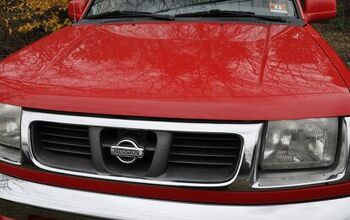
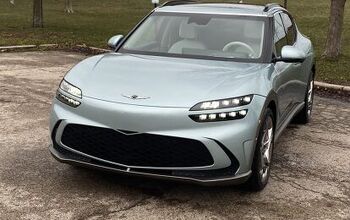
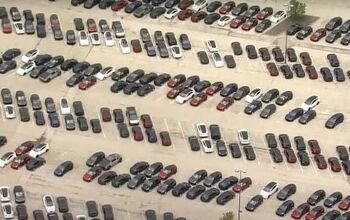
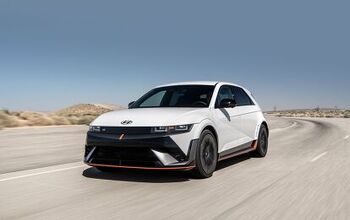

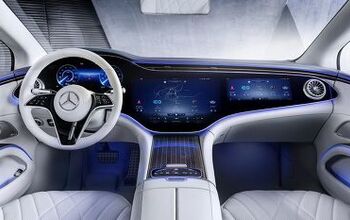
Comments
Join the conversation
If that car ends up selling for $85K, I'll eat my hat. . .
Well I am impressed with that charge rate, not sure who's supplying the battery cells for Porsche but if they can really charge that quickly it's going to be impressive. Of course, being able to charge that quickly is mostly helpful if there's really that many high speed charging stations. So that's the part they're really going to have to work on-make sure that high speed CCS chargers get installed along important routes like Tesla's done. I do wonder what Tesla is going to do in response though, they've hinted at a next gen charge rate that would exceed this but I don't think it'll be out by 2019.